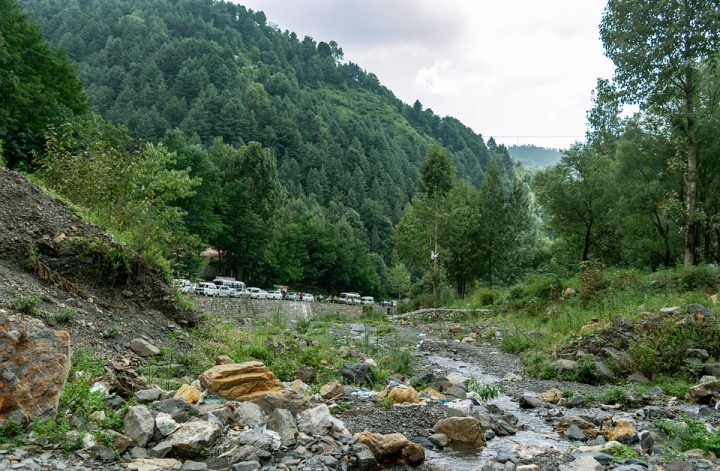INTRODUCTION
IEE: IEE stands for Initial environmental examinations. It is defined as a process that evaluates the environmental circumstances of a proposed plan involving the likely effects, preparation of mitigatory measures, and composing institutional obligations, and most importantly environmental surveillance.
EIA: EIA stands for environmental impact assessment. It is defined as an evaluation of the potential environmental outcomes of a proposed programme, policy, or plan preliminary to the decision for actually proceeding with the proposed project.
[If you wish to read the official document of Pakistan Environmental Protection Agency (review of IEE and EIA) Regulations (2000), then visit environment.gov.pk.]
You might also like to check out: International and National Environmental Organizations in Pakistan
IEE or EIA – An Essential Requirement for a proposed Project
IEE and EIA are necessary for any proposed project because both analyze the anticipated outcomes of the project. There comes a project that could have caused negative environmental impacts excluding the cost of the project, but those impacts could be mitigated then IEE will be required for the proposed project. There is a possibility that the proposed plan might likely cause less damaging effects on the environment, in such situations, IEE is necessary for the project.
The proposed plan might likely cause severe negative impacts on the environment. In such a case, EIA is necessary for the proposed plan.
Also read: Current Environmental Issues In Pakistan – List With Detail
STAGES OF EIA
There are several stages of the EIA process that are mentioned below with a brief description.
- First Step – Screening: It is the first step to determine whether the proposed project will undergo the IEE or EIA process based on the anticipated outcomes of the project.
- Second Step – Scoping: The second step is based on the identification of potential environmental impacts caused by the proposed project.
- Third Step – Baseline Data Collection: This step involves the environmental conditions of the proposed area including hydrology, geology, biodiversity, etc.
- Fourth Step – Impact Prediction: In this step, significant impacts of the proposed project are anticipated that must be addressed throughout the EIA process.
- Fifth Step – Consideration of Alternatives: Any proposed project must be evaluated with suggested alternatives.
- Sixth Step – Evaluation/Monitoring: This step analyzes and monitors the anticipated outcomes with actual outcomes of the proposed project.
- Seventh – Mitigation Measures and Impact Management: During this step mitigation measures are employed for the outcomes of the proposed project and this step is integrated into the environmental management plan.
After these seven steps, the report of EIA is prepared by consultation agencies/ the proponent of the proposed project or government agency.
- Eighth Step – Public Participation and Hearing: This step involves the public and their concerns are discussed during the public hearing. The public includes residents of the proposed area, NGOs, local communities, etc.
- Final Step – Decision Making: This is the final step of approval. After this, the commencement of the proposed project is initiated.
IMPORTANCE OF EIA
EIA is an important process to be conducted for any proposed project. If the project is not subjected to politics then this process has significant importance for the ecosystem. It protects the environment from degradation, biodiversity loss, pollution, etc. It holds great importance for societies as well because it prevents the dislocation of communities.
You might also like: Environmental Laws/Legislation in Pakistan and The Need for New Ones
CONCLUSION
When it comes to the commencement of social projects for the progressive economy or development of infrastructure, many people tend to ignore environmental laws and regulations. The increasing environmental pollution due to human activities is already causing negative impacts on the ecosystem of the Earth. Environmental degradation must be prevented through environmental laws and regulations.
RECOMMENDATIONS
It is recommended that the laws concerning EIA regulations should be strictly implemented in order to prevent environmental degradation from human activities. In many cases, environmental impacts are ignored because of social benefits.
Also check out: International Environmental Agreements Signed by Pakistan
I hope you all liked this post! Please comment below if you have any suggestions, comments, or feedback! We at #envpk love hearing from our readers! Thanks!





2 Comments
Very fruitful notes..
We are glad you like them. Thanks!